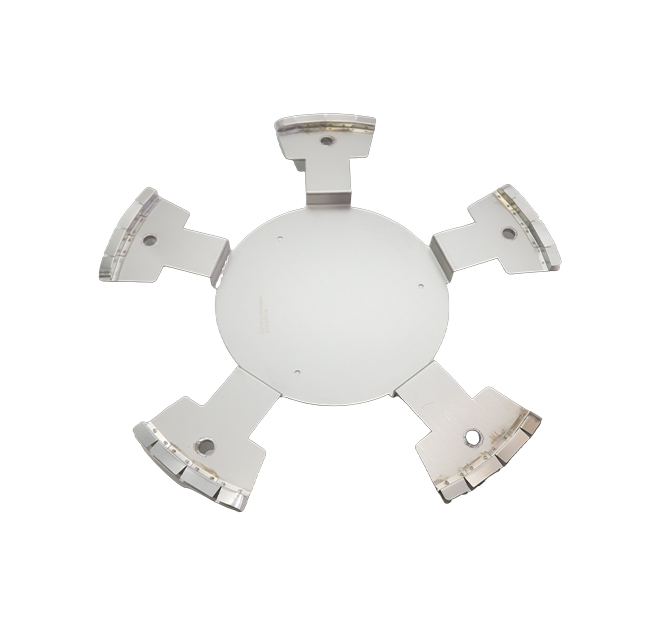Time:2025-06-24 Views:0 source:CNC Machining customization source:CNC Machining news

Selecting the right automated equipment for sheet metal processing is a decision - making process that involves evaluating multiple factors to meet the specific requirements of the production. One of the primary considerations is the type of sheet metal processing operations. For cutting operations, if the focus is on high - precision cutting of thin sheets with complex shapes, a CNC laser cutting machine is often a preferred choice. Laser cutters can achieve very fine tolerances, typically within ±0.1 mm, and can cut a wide range of materials, including stainless steel, aluminum, and copper. They are highly suitable for industries such as electronics, where precision is crucial for components like circuit boards. On the other hand, for thicker sheets and materials that are not suitable for laser cutting due to high reflectivity or poor heat conductivity, a plasma cutting machine may be more appropriate. Plasma cutters can handle sheet metal thicknesses up to 50 mm or more, depending on the power of the machine, and are cost - effective for large - scale cutting of materials like mild steel.
The throughput and production volume also play a significant role in equipment selection. For high - volume production, automated production lines with integrated loading and unloading systems are ideal. For example, an automated stamping line with high - speed presses can produce a large number of identical sheet metal parts in a short time. These lines are often used in the automotive industry for manufacturing parts such as car body panels. In contrast, for small - to - medium - volume production with a variety of part designs, flexible equipment like a CNC punching machine combined with a robotic bending cell may be more suitable. The CNC punching machine can quickly create holes and cutouts in the sheet metal, and the robotic bending cell can be programmed to bend the metal into different shapes, providing the flexibility needed for diverse product requirements.
The cost - effectiveness of the equipment is another important factor. This includes not only the initial purchase cost but also the operating costs, such as energy consumption, maintenance requirements, and the cost of consumables. For instance, a waterjet cutting machine may have a high initial investment, but it has the advantage of being able to cut a wide range of materials without heat - affected zones. However, its operating cost can be relatively high due to the need for a constant supply of water and abrasives. In comparison, a shearing machine has a lower initial cost and lower operating costs as it mainly relies on mechanical force for cutting. When evaluating the cost - effectiveness, it is also essential to consider the long - term productivity and quality improvement that the equipment can bring. An investment in high - quality, reliable equipment may result in lower overall production costs in the long run due to reduced downtime and improved product quality.
Moreover, the compatibility of the equipment with existing production processes and systems is crucial. If a company already has a certain type of control system or material handling infrastructure, the new automated equipment should be able to integrate seamlessly with them. For example, if the factory uses an industrial Ethernet - based control network, the new equipment should be equipped with the appropriate Ethernet interfaces and communication protocols to communicate with the existing network. This ensures smooth operation and easy integration into the overall production environment, reducing the need for significant modifications to the existing infrastructure.
Read recommendations:
Sealing ring Precision electronic parts
Housing components for recessed downlights Precision electronic parts
Oval Magnetic Hardware Precision electronic parts
CNC Machining Dimension Accuracy
CNC processing factory - Meeting customers' strict requirements for precision